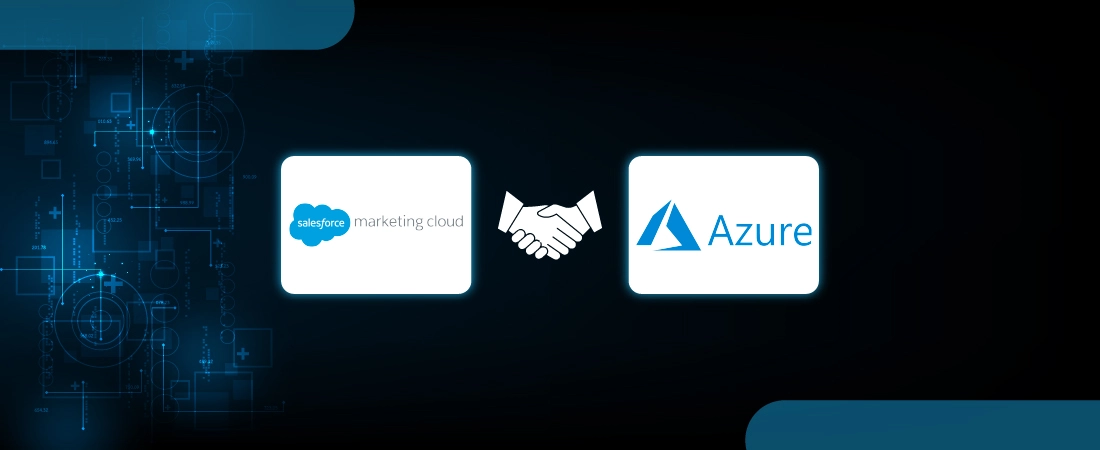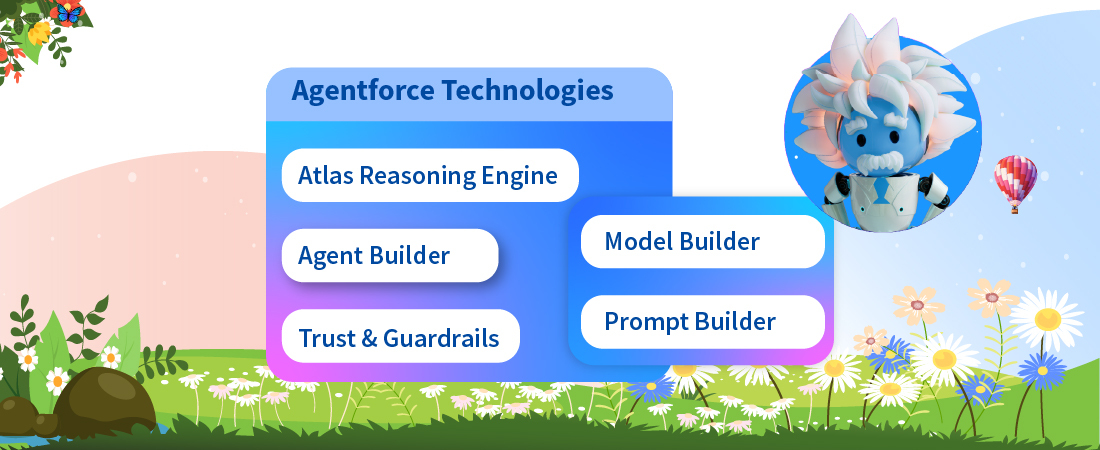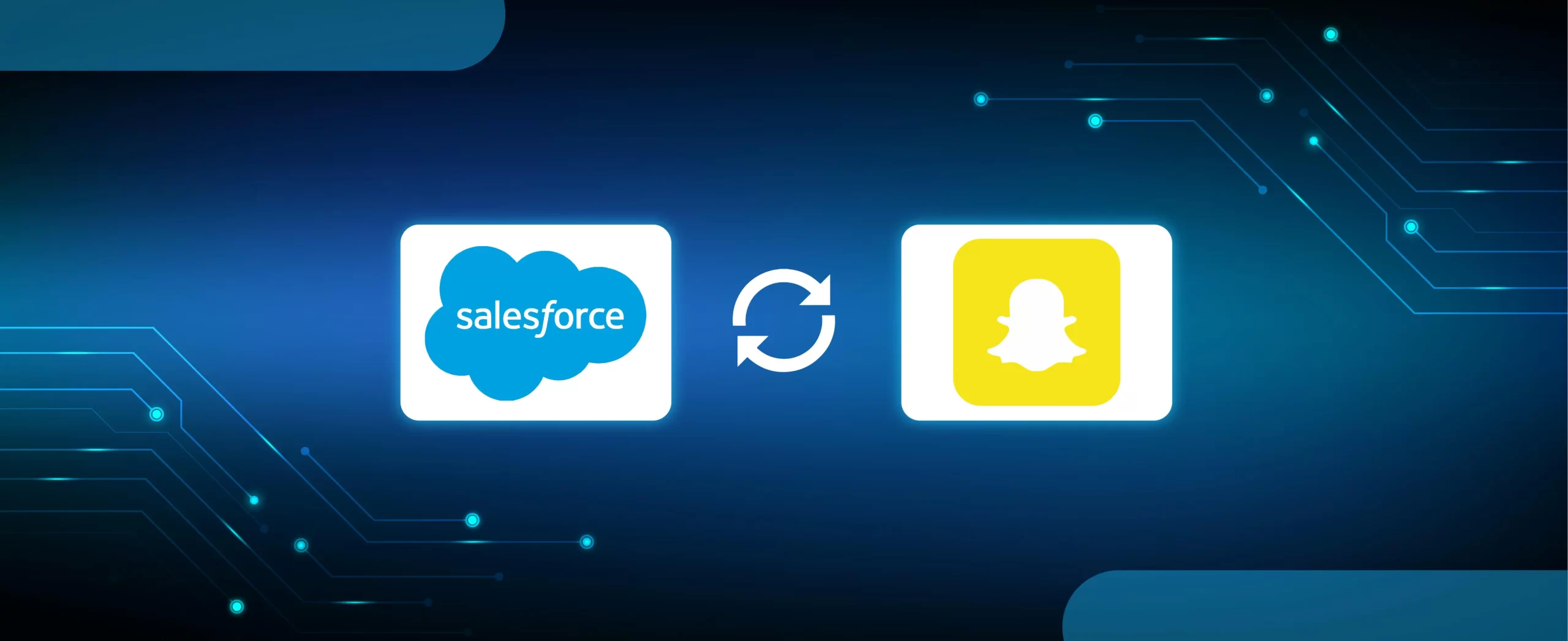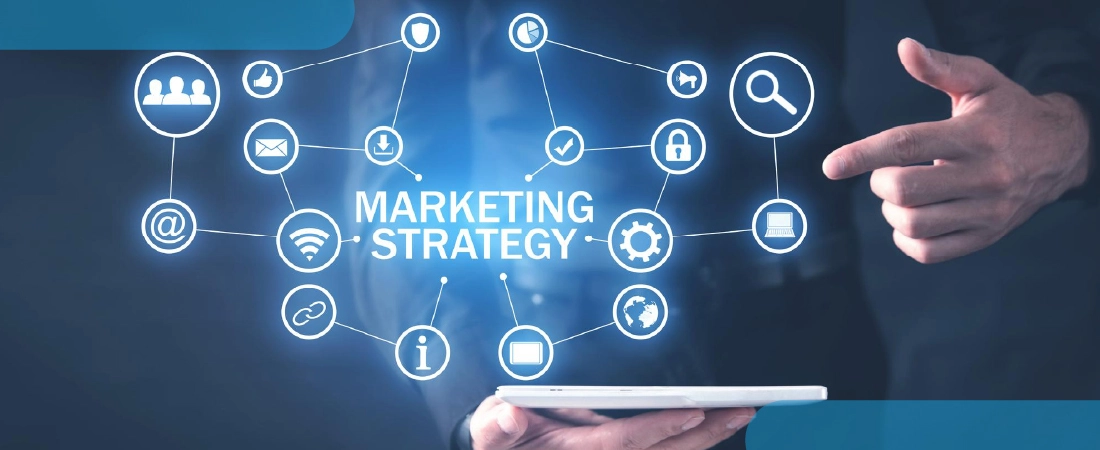We’re in the midst of a world steered by Big-enterprise partnerships running the show. The movers of big tech often move in ostensibly mysterious directions in the ever changing technological landscape.
One such partnership surfaced weeks ago, in a manner familiar to Dreamforce. Close to the event, Salesforce announced its move to Microsoft’s Azure for it’s Salesforce Marketing Cloud’s services.
Not much is known besides the fact that Salesforce has named Microsoft as its public cloud provider
How An Unlikely Partnership Came To Bear
Microsoft SQL compatibility is said to have been a major consideration on this front. Besides, most cloud vendors provide MultiLayer Security and Recovery bundled-in.
The move envisions letting Salesforce recalibrate its Marketing Cloud, and meet increasing customer demands for performance. It also anticipates pushing forward collaboration beyond sales and service crews by enhancing access to data through the Teams App.
Salesforce Sales Cloud and Service Teams are also integrating with Microsoft, which translates to sharing capabilities between their teams. The integrations will enable sales and service users to access Salesforce records directly from the Teams App. It goes live in later 2020.
Why did seeming rivals ally?
Prominent among retailer wariness came from the prospect of hosting marketing data on AWS. This may have cast a spell over tie-ups, making any collaborations in this direction a non-starter. This was despite Amazon being a clear segment winner in the Cloud services space.
Additionally, Microsoft services have been fiercely competitive with stupidly low price points for Azure, its growth saddle for some years.
With companies of such large market caps, it makes sense in the new world to latch on to opportunities for partnership. What remains to be seen in how this may affect other market players, buying behaviors.
Past Partnerships
Through the years, there’s been the talk of Einstein apps for Outlook and Office.
Even more, at one point, the duo mulled connecting flagship apps like Skype, OneNote, Windows 10, and Office.
Shifting between Datacenters
Through the mid-2010s, Salesforce announced AWS as its preferred infrastructure partners and adopted the Google Cloud Platform to expand, which until some time was expected to go to Azure. ( Merely weeks ago, Genesys and The Linux Foundation, launched the open ClM)
All through though, Salesforce’s core CRM product ran on its own datacenters – an internal stack on Oracle DBs. Salesforce has since acquired other Paas like Heroku, to expand and variegate it core business stack.
So did heat from the Linkedin standoff die down?
The new Microsoft lets other companies access the data they need, making it seem less anti-competition. An approach that may be a sign of things to come or just a reaction to an acute awareness of resentment that may build against the way it uses its services and acquisitions.
Is a blended pricing partnership on the cards?
Retailer wariness of AWS as a marketing data host but preferred partner status, and on-off alliances with Microsoft make one wonder what shape future pricing partnerships might take.
Part of the answer may depend on the number of years of integration and support, the individual evolution of core businesses of competing enterprises for those years.
Then again, Salesforce has its own sustained growth and changing paradigms like the Iaas v edge computing landscape to look to. For now, rivalry from the HP and Linkedin-tussle days seems to have mellowed.
Expect More Acquisitions, Interoperability and Blended Pricing over Datacenters
Cross-platform synchronization has been a recurring theme with sweeping advocacy and support within the Salesforce ecosystem. Then again, Salesforce acute recognizes the power of enablement, streamlining, and connecting disparate systems its end-users employ.
The conception of Evergreen, a serverless Kubernetes environ that runs inside the Salesforce platform, is a good illustration of this. Developers can finally call functions written in Apex besides others from FOSS languages like Java.






